photosoto
TPF Noob!
- Joined
- May 17, 2009
- Messages
- 202
- Reaction score
- 1
- Can others edit my Photos
- Photos OK to edit
Hi,
does anyone have any suggestions for a diffuser for a fill light? I've got a simple set up: two speedlights and one umbrella and stand set up right now. But I'm thinking I need something to soften both lights.
can anyone comment on the mini softbox diffusers?
does anyone have any suggestions for a diffuser for a fill light? I've got a simple set up: two speedlights and one umbrella and stand set up right now. But I'm thinking I need something to soften both lights.
can anyone comment on the mini softbox diffusers?




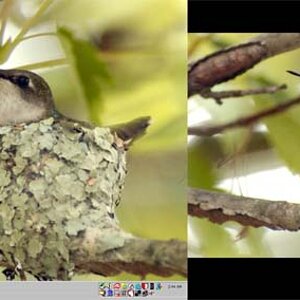
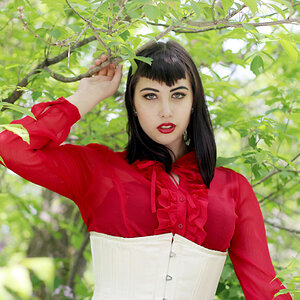



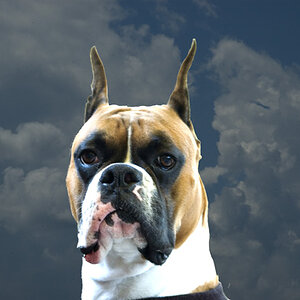

![[No title]](/data/xfmg/thumbnail/32/32156-d6cfe2865ceed861a0633752a006ea20.jpg?1619735234)
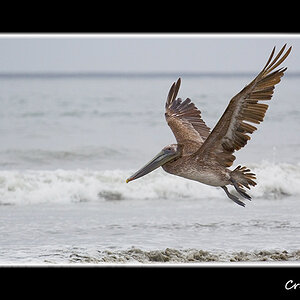
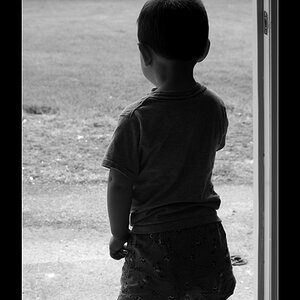
![[No title]](/data/xfmg/thumbnail/32/32149-c054b73653367ec806ccbf8e7c0646d9.jpg?1619735233)
